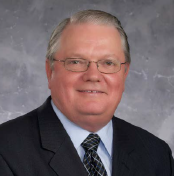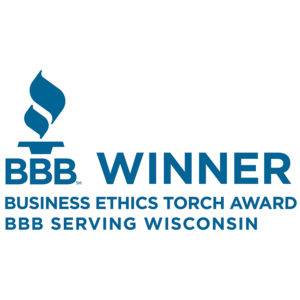In keeping with the theme of trends within the healthcare industry, I would like to discuss communicating with consumers/patients. In the last issue of The State of Collections, we discussed the “one family, one statement” concept; of course, this implies that we are only sending statements.
The trend today is moving towards sending emails, or eNotices. In our industry, of course, particularly bad debt, we cannot send an eNotice unless the patient/consumer agrees to such. The trend, however, is catching on and many folks read and respond to email long before they read their mail. My three kids, ages 26-31, remind me that they do not check their mailboxes regularly if at all, like some of us older generation types. In fact, we have to remind them to check the mail if we send them a card! And they are certainly not alone. However, they all regularly check and answer emails. Given this trend, it is essential that businesses and providers obtain current email addresses and consent to use them for eNotices right at the time of service. I know many providers are doing this as their registrations process is updated. While eNotice is certainly streamlining the process, it also costs about one-fifth the expense of mailing a statement or letter. That is real cost savings.
Another impactful trend in sending information is communicating via cell phone and texts. This certainly opens another can of worms in the regulation arena, but it truly defines the concept of streamlining. While sending texts may still be a ways in the future, even calling cell phones has become a challenge with current regulations and the Telephone Consumer Protection Act (TCPA) determining we cannot call cell phones via contact platform without express consent. Gaining consumer consent to call cell phones is essential because more and more people are eliminating their landlines. A recent article in Kiplinger Magazine indicated that people who dropped their landlines grew from 8% of phone users in 2008 to over 30% in 2012; no doubt, this percentage is even higher this year. At this rate, very few of us (yes, I do still have a landline) will have landlines. While the industry is attempting to update the regulations to keep up this with this trend, again it is increasingly important that providers not only obtain the patient’s cell phone number at the time of registration, but also consent to call on that line. The ability to call cell phones via a contact platform is essential if we are to streamline how we connect with consumers.
I had the opportunity to attend many good sessions on these trends while at HFMAs ANI this year. One particular session featured the CFO of a large Wisconsin healthcare system plus an executive from Citibank. The key point I took from this session was when the CFO stated, “We want to move the process up to the patient’s smartphone, tablet or via a portal and are not making a big investment in kiosks. Smartphones and tablets will replace kiosks.” I agree with this observation. With a smartphone today, we can conduct any type of transaction including paying our healthcare bills. We will explore more of the portal and smartphone applications in future articles, but these are trends we all must prepare for.
At State Collection Service, we have a major initiative to send eNotices and we should begin our pilot program within the next 30 days. This is a great start, but we need to follow up with texts and other avenues so communicating with the consumer is truly streamlined. Easy access and the ability to instantly communicate with patients can only improve patient satisfaction.
On a final note, while at ANI we spent time with Neil Smithson, the developer of the PARO methodology for determining presumptive charity. He was kind enough to write an article for this issue outlining the challenges of charity determination. Knowing that regulations we are going to make this process more time consuming and expensive, we look forward to working more with Neil as we assist our clients with methods to streamline the charity process.
About State Collection Service, Inc.
Since 1949, State Collection Service has provided quality collection service to countless healthcare organizations.
Through experience and innovation, State Collection Service has grown to become a tremendously credible and nationally-recognized collection agency offering services from pre-registration to bad debt. It is upon the basis of ethical behavior and a dedication to integrity that each State Collection Service employee works to uphold the company’s vision – Partnerships for a Lifetime.
*This article first appeared in “A State Collection Service, Inc. Newsletter Volume 19, Issue 3, Third Quarter 2013”















